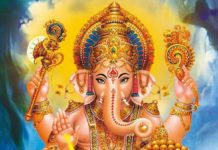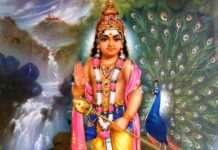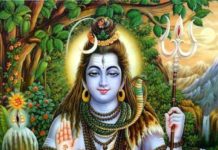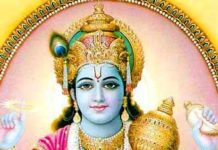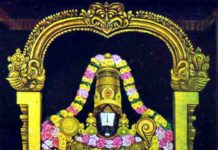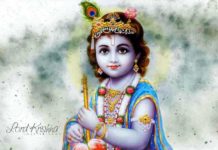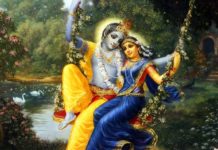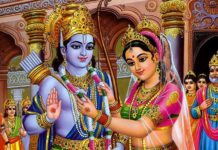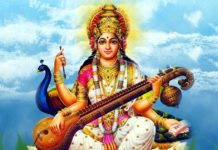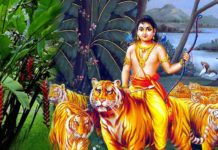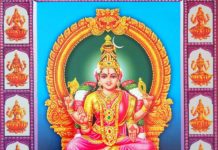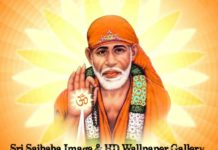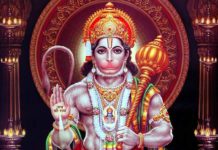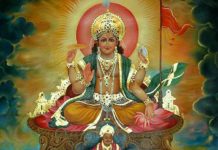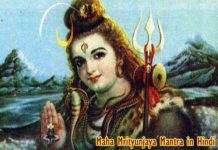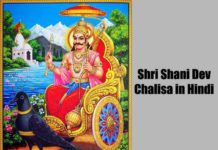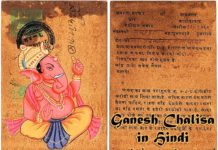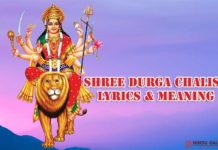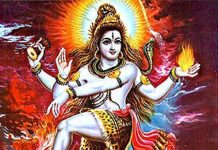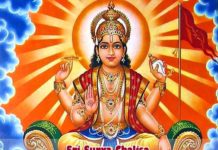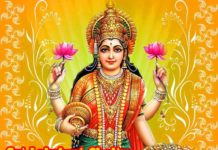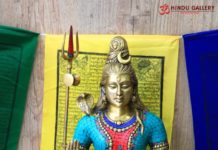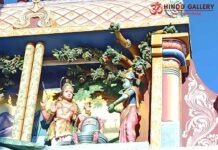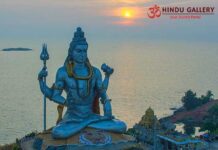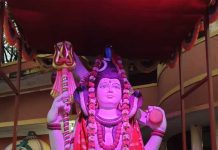Arudra Darshan festival is being followed in South India on the day of Pournami Tithi coupled with Thiruvadirai star of the Margashira month. This festival is ascribed to Bhagwan Nataraja, the dancing form of Bhagwan Shiva. It is believed that the day Bhagwan Shiva did the dance is the Arudra Darshan day. It is also believed that the day of Arudra Darshan has the longest night.
Arudra Darshan occurs on Wednesday, 27th December 2023. The exact duration of the Pournami Tithi and Thiruvadirai Star has to be ascertained from the respective regional calendars. As the festival occurs on Monday, it has even more spiritual significance.
Sri Nataraja
The divine dance of Sri Nataraja is the source of the cycle of creation, preservation and dissolution. The dancing form of Lord Nataraja signifies five aspects of the universe such as creation (Shrushti), protection (Samraksha), destruction (Samhaar), birth (Avataran) and liberation (Mukthi).

Sri Nataraja’s Damaru signifies the ether (sky); His flowing hair denotes the air; The flame in His hand signifies fire; The Ganga river in His matted locks signify water; His rested foot on the Asura Muyalakan denotes earth.
Legend
It is believed that Bhagwan Nataraja gave darshan to Sages Pathanjali and Vyagrapatha (with tiger feet) on this day. It is also believed that Bhagwan Nataraja saved the husband of an ardent Shiva devotee Threthayuga from the clutches of death on this day.
Further, it is believed that Bhagwan Nataraja visited the house of His devotee named Chenthanar who was observing severe fast to get His darshan; To break His devotee’s fasting, Lord Himself had partaken the food named kali (cooked rice granules).

This festival is celebrated for ten days in Chidambaram in Tamil Nadu. It is believed that all the Devas visit Chidambaram on this day. The specialty of Chidambaram temple is that the original Deity in the sanctum is taken out of the temple in procession. In all the other Shiva temples, the Urchava (procession) deity of Sri Nataraja is taken out in procession.
Rituals
The devotees rise early in the morning and take holy bath. The Puja place at the homes is cleaned and sanctified. The idol / picture of Bhagwan Shiva and Goddess Parvathi is decked up with flowers, Chandan, Turmeric and Kumkum. The idol / picture of Bhagwan Shiva is also placed at the Puja place.
Lamps and incense sticks are lit. Prayer hymns invoking Bhagwan Shiva are read and recited. A special dish named Thiruvathirai Kali (rice granules and jaggery) and Kootu (spicy mixed vegetable curry) are prepared and offered as Neivedyam. After Aarti, the Neivedyam is distributed as Prasadam.
Some devotees observe fasting throughout the day. At all Shiva temples, abhishekam with milk, curd, honey, fruits etc., is performed to Sri Nataraja Murthy. Special Homam / Havan/ Yagna are conducted invoking Sri Nataraja Swamy.
At temples, Sri Nataraja Urchava Murthy is then taken out in procession. Sighting Sri Nataraja on this day is considered auspicious and virtuous. Thiruvadirai Mai, the paste made of black ash and ghee is given to the devotees which is applied on the forehead as ‘’Raksha”. It is believed that the paste provides protection.
Bhagwan Shiva signifies the Jeevan (life) in all the beings and the movements of the beings emanate from the breathing which is the root cause of existence. Bhagwan Shiva is the pioneer of movement in the whole universe. The dances of Shiva manifest in the movement of the beings.

ॐ तत्पुरुषाय विद्महे ताण्डवेशाय धीमहि तन्नो नटेश: प्रचोदयात्
Om thath-puruShaaya vidhmahae thaaNdavaeshaaya Dheemahi thanno nateshah prachodhayaath
ॐ त्रयम्बकाय विद्महे त्रिशूल हस्ताय धीमहि तन्नो नटराज: प्रचोदयात्
Om thrayambakaaya vidhmahae thrishoola hasthaaya Dheemahi thanno nataraajah prachodhayaath






